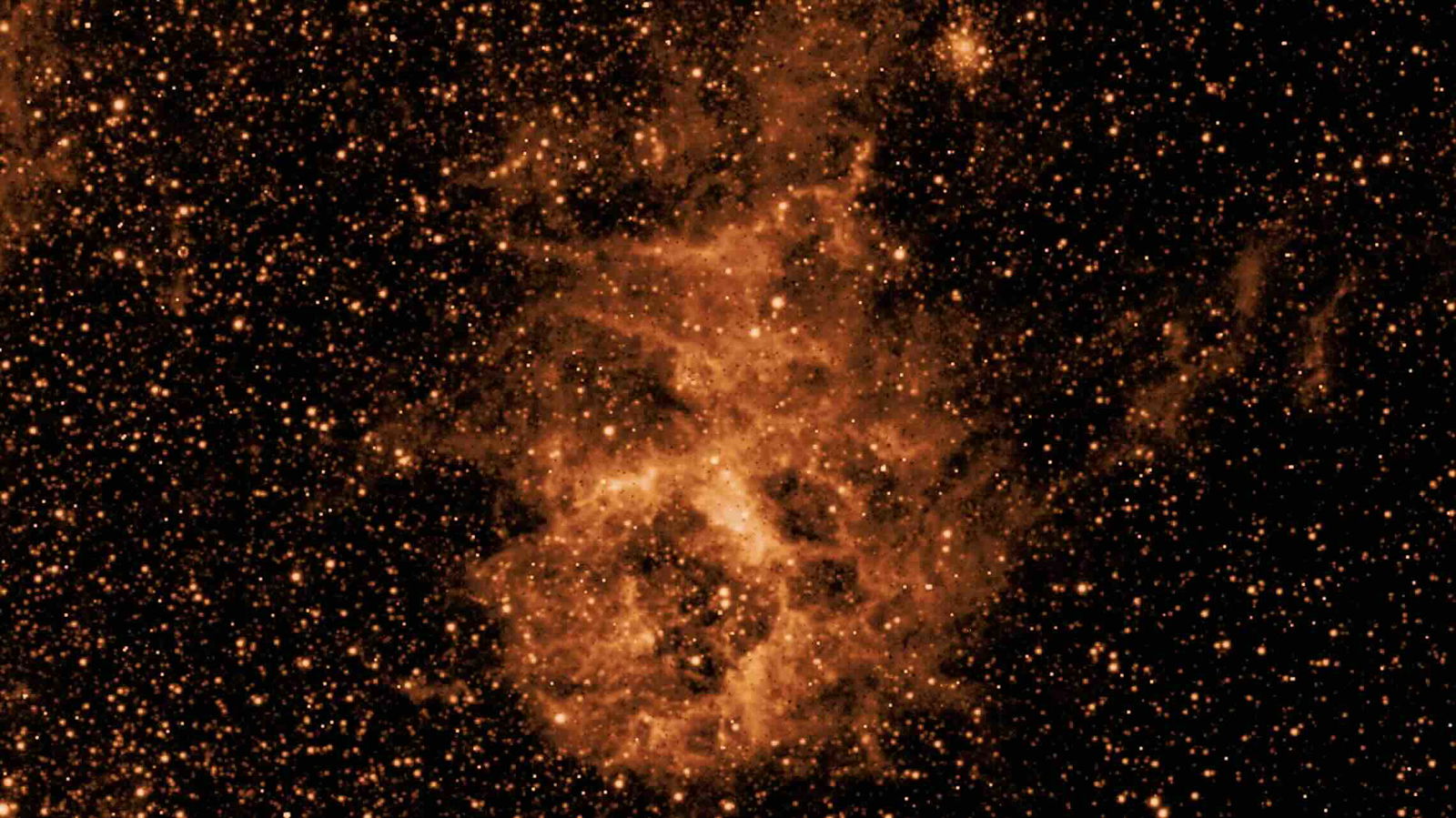NASA’s SPHEREx space telescope has settled into low-Earth orbit, where it is transmitting data back home and providing a public wellspring of space data for both professional and citizen scientists.
First launched in March of this year, SPHEREx (the Spectro-Photometer for the History of the Universe, Epoch of Reionization, and Ices Explorer) is currently creating all-sky maps of the universe as its primary mission, with secondary goals to support other space observation platforms. While not the first all-sky mission, SPHEREx improves upon previous attempts by boasting 102 infrared wavelength observations, compared to the earlier WISE mission’s four wavelengths.
NASA’s SPHEREx Mission
As astronomers study increasingly distant parts of the universe, spectroscopy has become a crucial tool for understanding the cosmos. This allows researchers to analyze infrared wavelength data from distant celestial bodies and identify the molecules present within them. SPHEREx scientists will utilize this technique to search for essential elements for life, such as water ice and organic molecules, throughout the Milky Way galaxy.
The telescope’s 102 wavelengths will provide precise data for the ongoing search, and the SPHEREx mission will also study universal expansion by measuring the distant light emissions from all galaxies over time.
“Because we’re looking at everything in the whole sky, almost every area of astronomy can be addressed by SPHEREx data,” said Rachel Akeson, the lead for the SPHEREx Science Data Center at IPAC. IPAC is a science and data center for astrophysics and planetary science at Caltech in Pasadena, California.
SPHEREx’s mission is currently scheduled to run for two years, during which it will complete two all-sky surveys annually, resulting in a total of four maps. Halfway through the mission, the SPHEREx team is planning to release a 102-wavelength sky map at the one-year mark.
Transparency and Access to Space Data
SPHEREx is part of NASA’s overall commitment to transparency and data sharing. The data is hosted by the IPAC Infrared Science Archive (IRSA), which also contains data from other NASA infrared and submillimeter missions, such as WISE and 2MASS. By providing public access to their data, the SPHEREx team hopes others will utilize the resource to produce many more studies than what their team can accomplish alone.
“We want enough information in those files that people can do their own research,” Akeson said.
SPHEREx’s observations are available to the public within 60 days of when the readings occurred. During that roughly two-month period, the team performs processing on the data to remove or note questionable data due to artifacts, align images with their astronomical coordinates, and account for potential defects in instrumentation.
The team is also committed to being transparent about how the data is processed, publishing the procedures used in tandem with the data releases.

“SPHEREx is part of the entire legacy of NASA space surveys,” said IRSA Science Lead Vandana Desai. “People are going to use the data in all kinds of ways that we can’t imagine.”
Supporting Other Discovery Missions
The SPHEREx data will also provide an important supplement to other space telescope missions. Its broad scope will enable astronomers to identify interesting targets for closer observation by the James Webb Space Telescope and refine exoplanet parameters from NASA’s TESS observations.
Additionally, SPHEREx can be directed towards searching for dark matter and energy, working in tandem with the European Space Agency’s Euclid mission and NASA’s forthcoming Nancy Grace Roman Space Telescope, with a targeted May 2027 launch.
“By making the data public, we enable the whole astronomy community to use SPHEREx data to work on all these other areas of science,” Akeson said.
Ryan Whalen covers science and technology for The Debrief. He holds an MA in History and a Master of Library and Information Science with a certificate in Data Science. He can be contacted at ryan@thedebrief.org, and follow him on Twitter @mdntwvlf.
